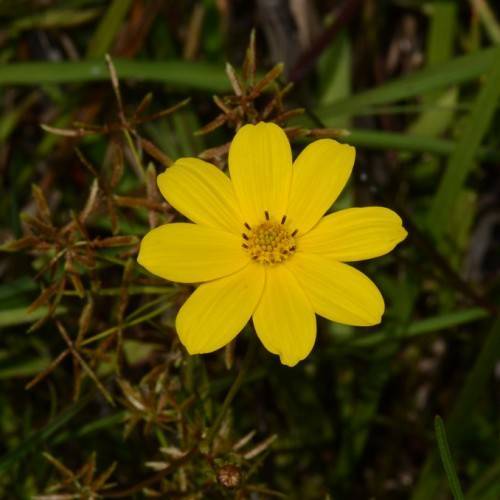
Crowned Beggarticks
Bidens trichosperma
Watering:
Minimal
Hardiness Zone:
Sun:
full sun,part shade
Growth Rate:
Low
Salt Tolerant:
Yes
Care Level:
Medium
watering
Estuary Beggarticks should be watered every 2 to 3 days, but only in moderation. Do not overwater; instead, ensure the soil is barely moist. Estuary Beggarticks need plenty of sunshine and well-drained soil. Watering should be done in the morning or early evening so any excess moisture will have the opportunity to evaporate before it becomes a potential issue for the plant. During the hot summer months, these plants may need to be watered more often in order to ensure they don’t dry out. If the temperature drops significantly in the winter, it is likely that watering may become less frequent.
sunlight
Estuary Beggarticks need full sunlight for 6-8 hours per day. It is best to give them as much direct sunlight as possible during this time, as it can help them to grow more quickly and produce larger and more healthy blooms. During the hottest and brightest parts of the day, it may be necessary to provide some shade to prevent the direct sun from damaging the plant. It is important to avoid direct afternoon sunlight, as this can increase the risk of fungal diseases and damage the foliage.
pruning
Estuary Beggarticks should be pruned twice a year, in spring and late summer. Pruning in the spring should take place after the plant has finished blooming, and should include removing any dead or damaged branches and any excess growth to ensure that the plant remains healthy and vibrant. Pruning in late summer should involve removing any lingering dead or damaged branches, as well as any new growth that has exceeded the desired size and shape of the plant. Pruning should be done carefully with a sharp, clean tool like pruning shears to avoid damaging the plant. The final pruning should also involve trimming back the stems to encourage bushier growth. Overall, the amount of pruning should be kept minimal with the goal of keeping the plant healthy and in a neat, compact form.
